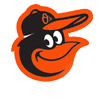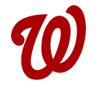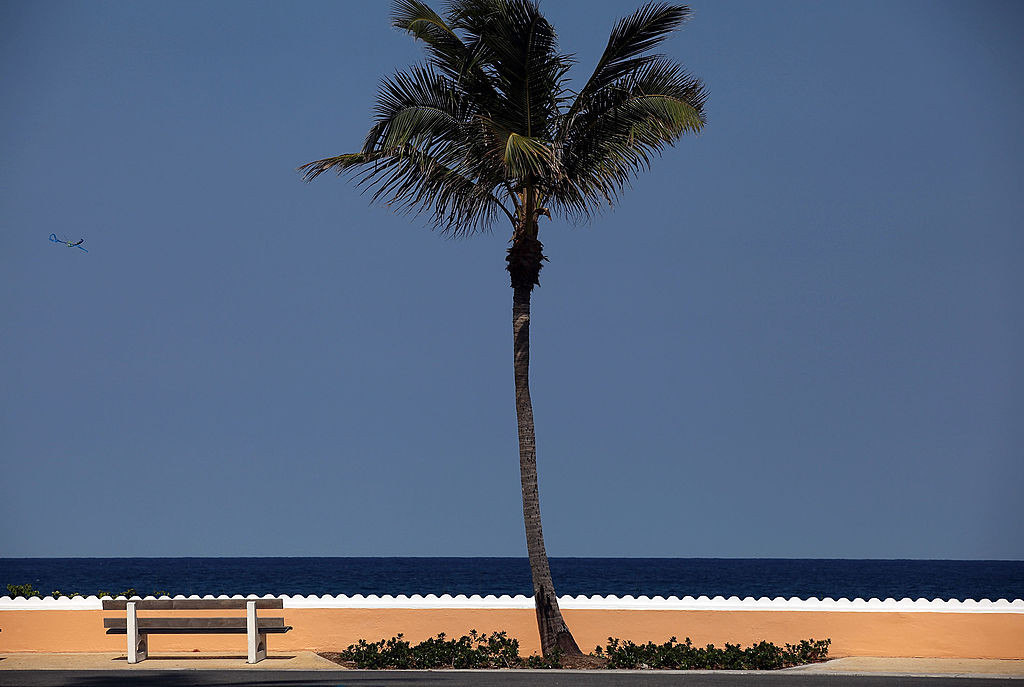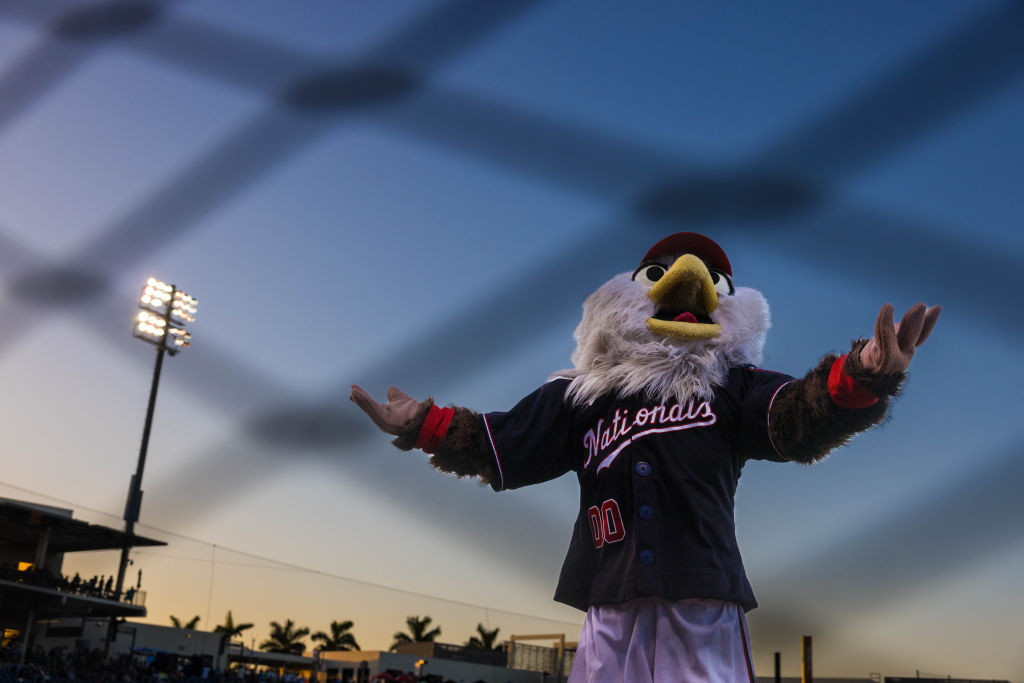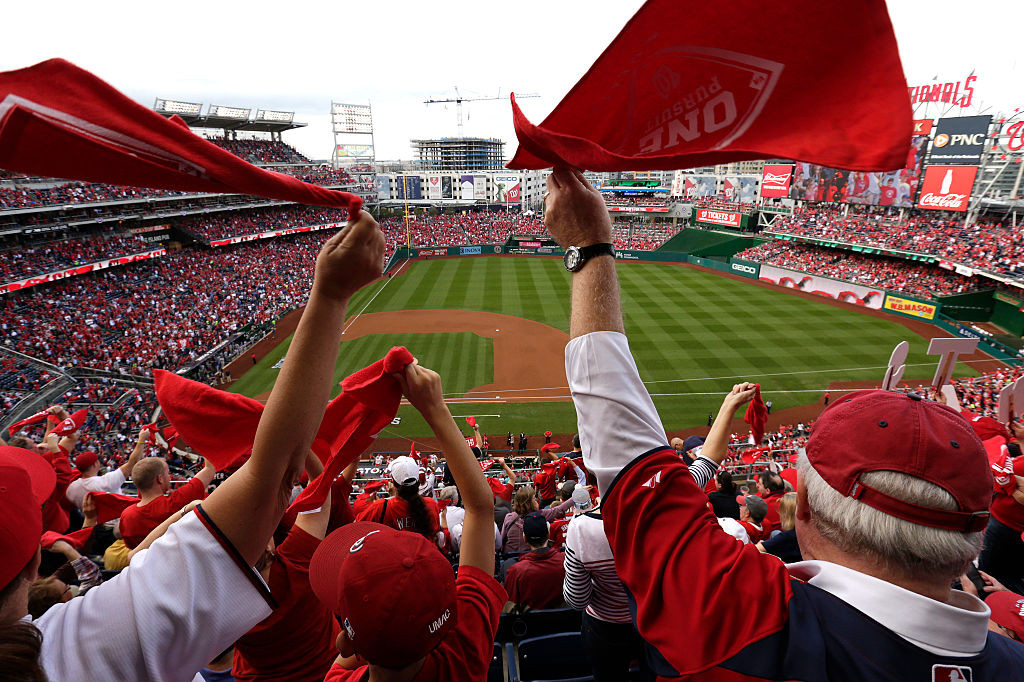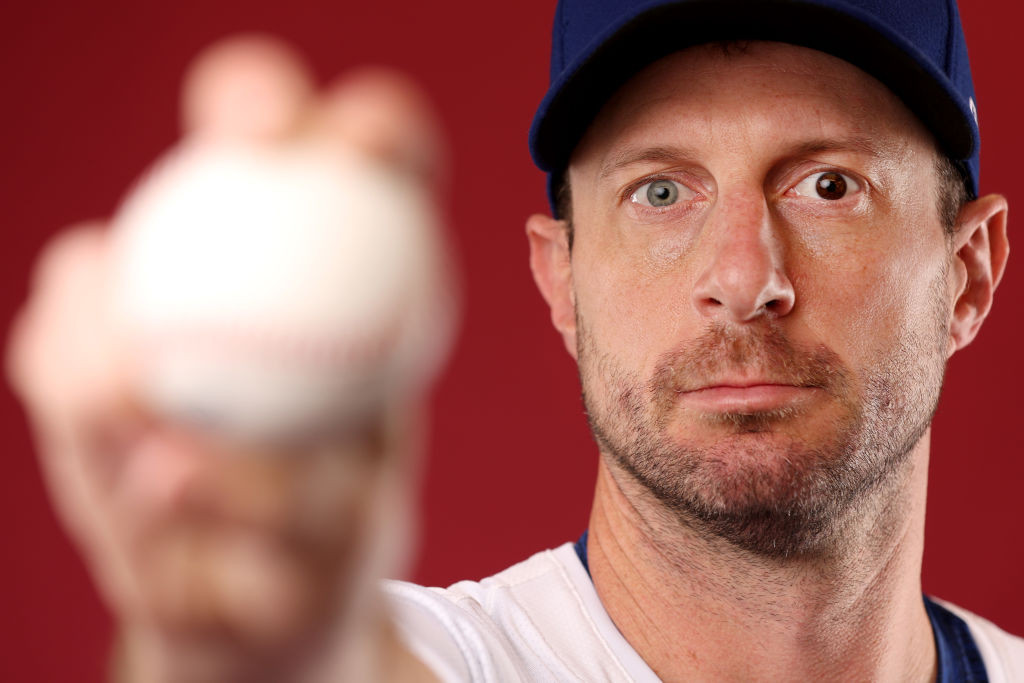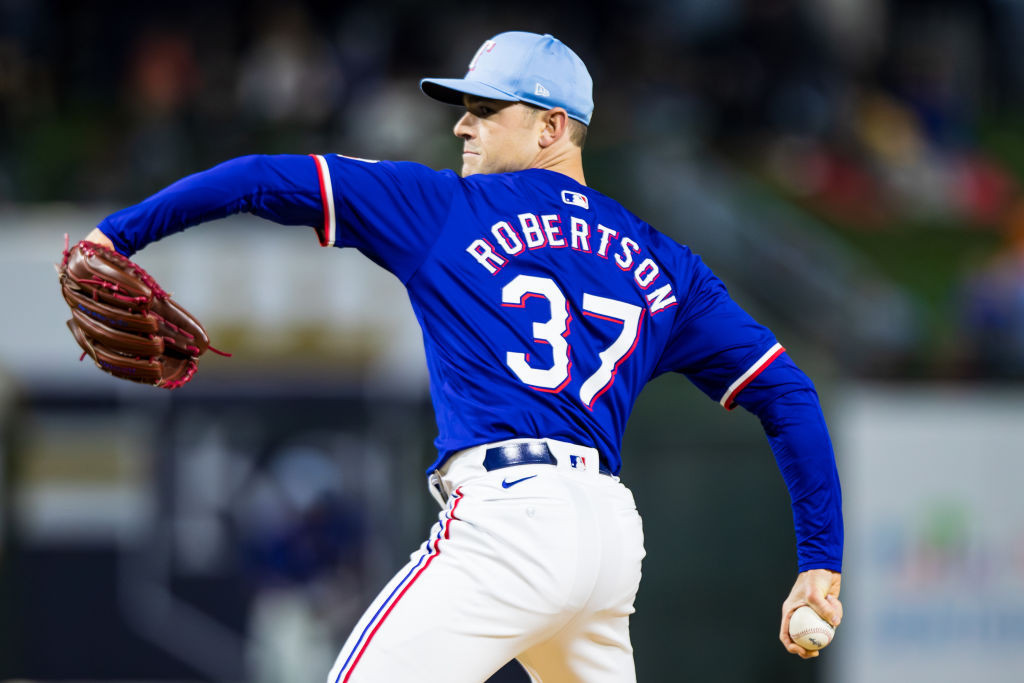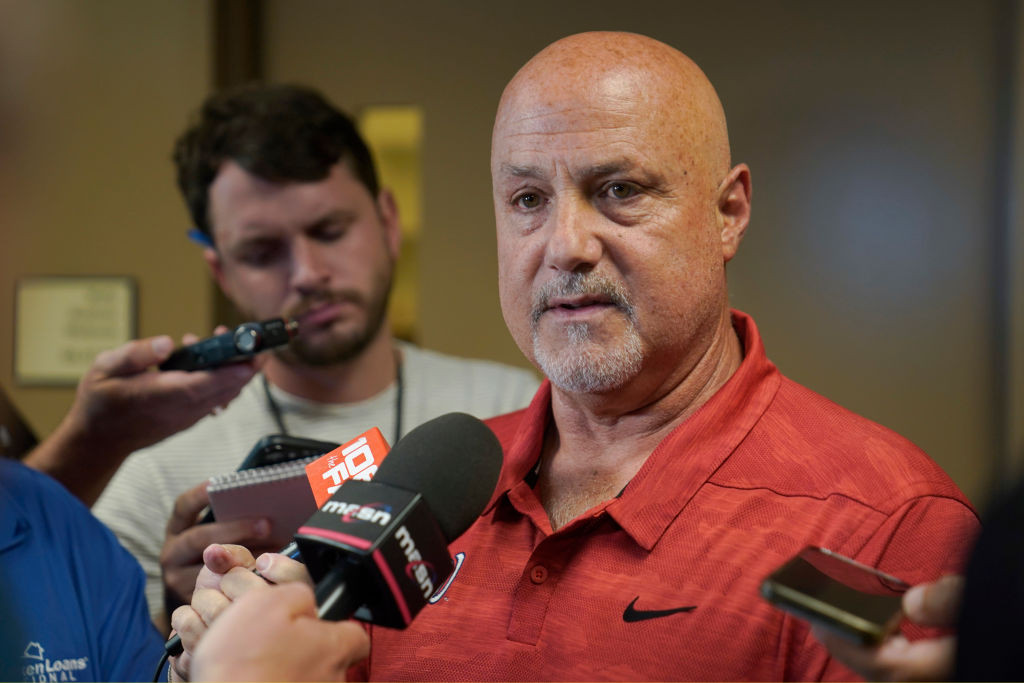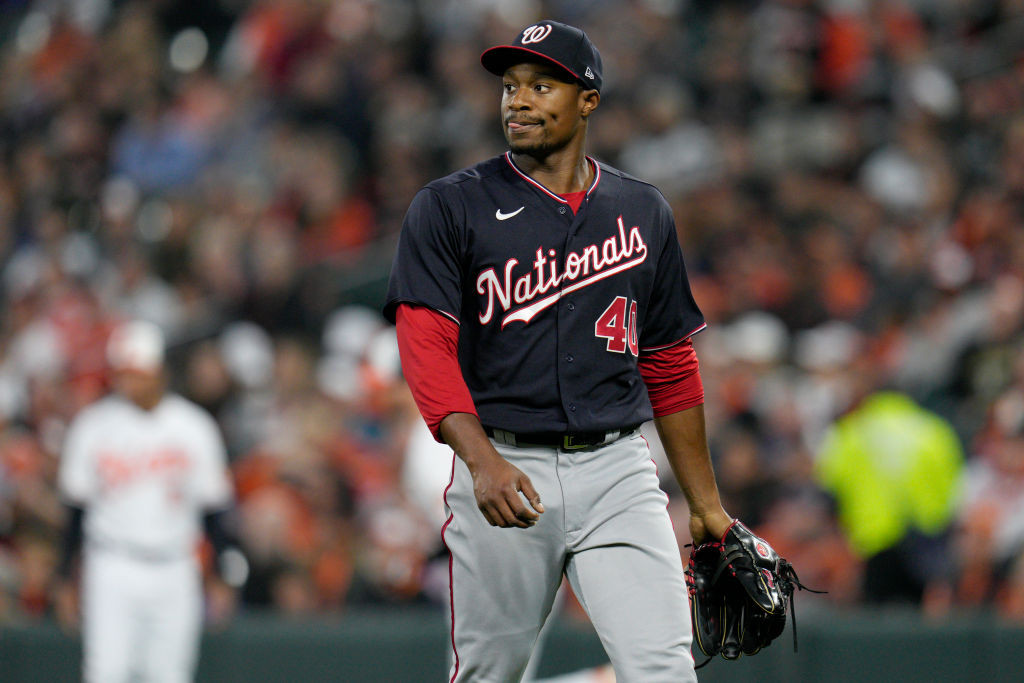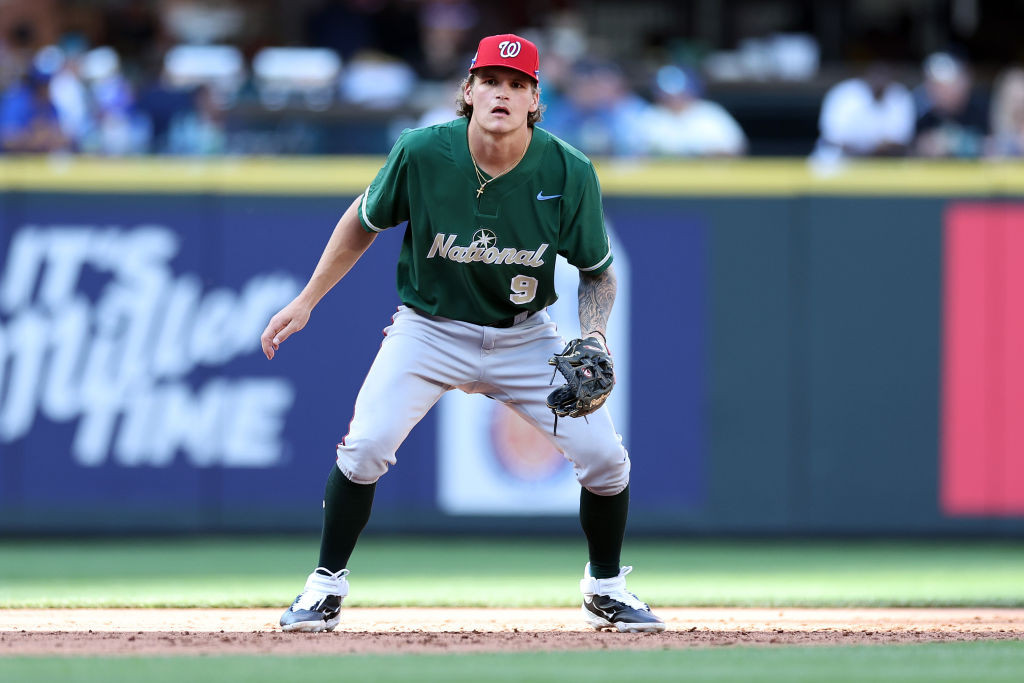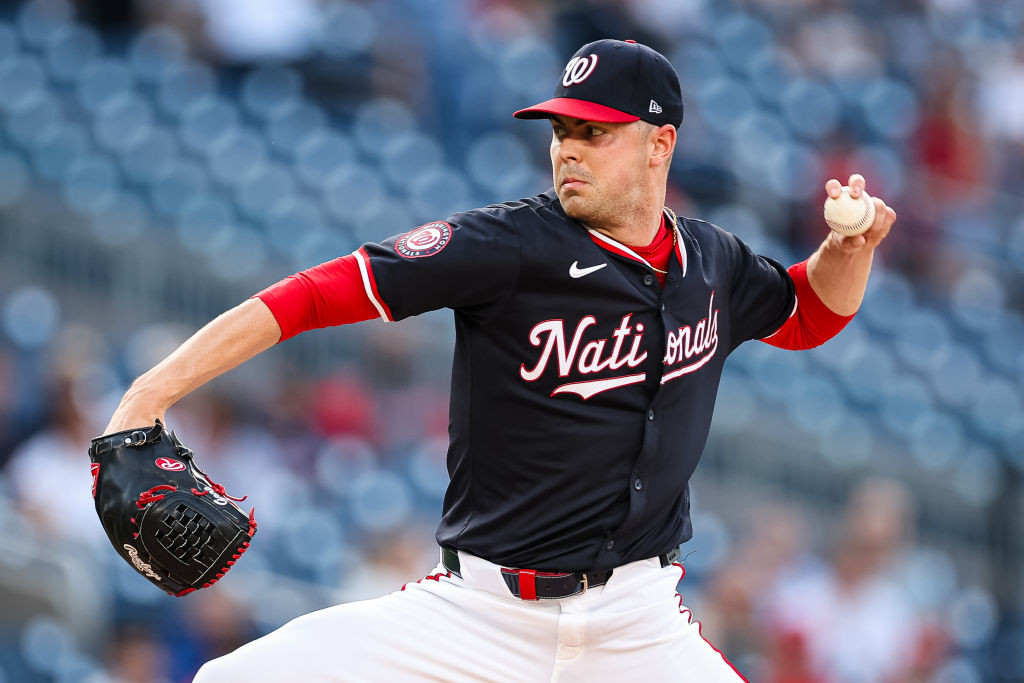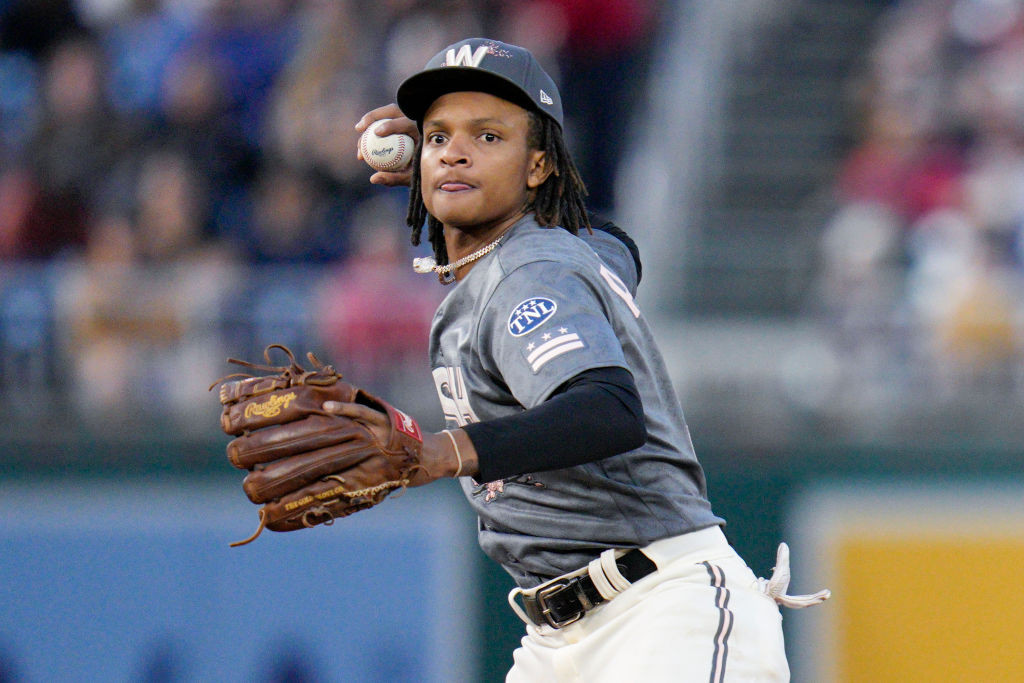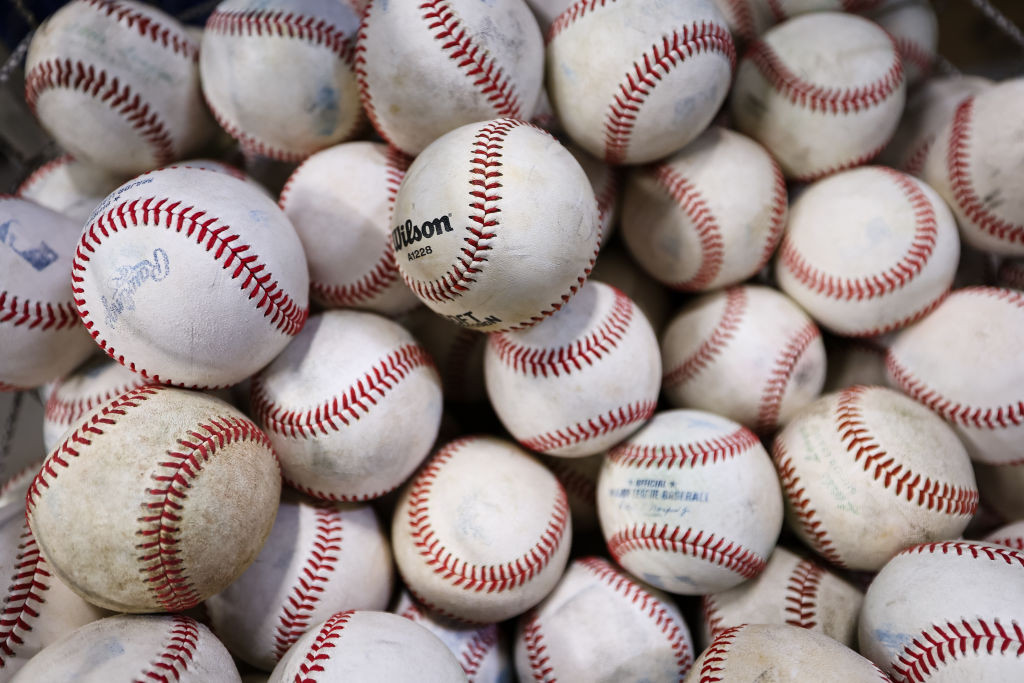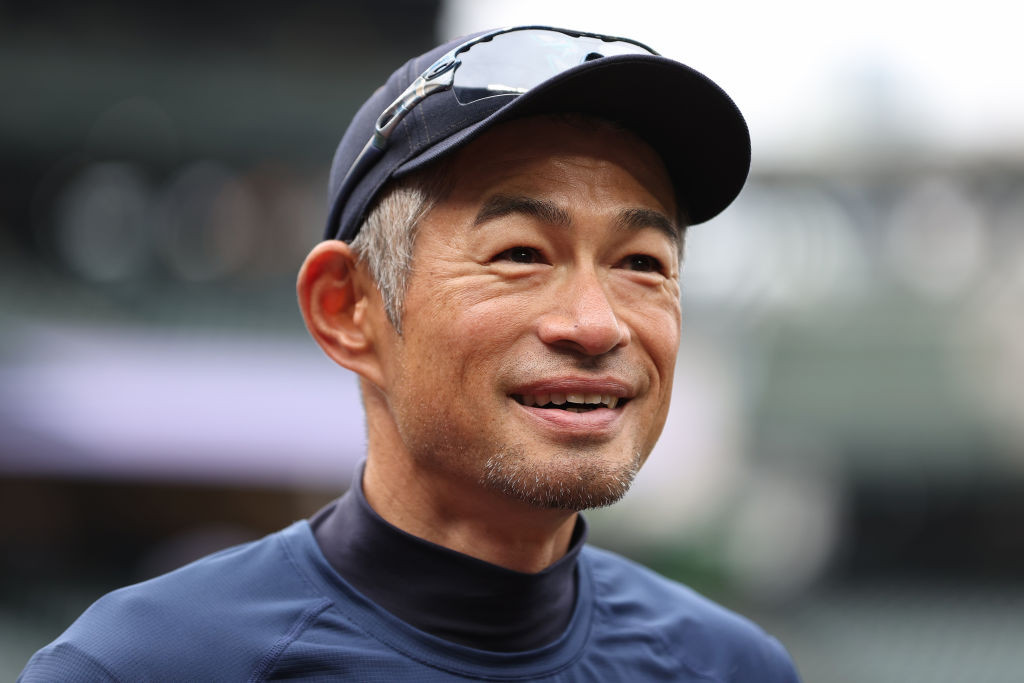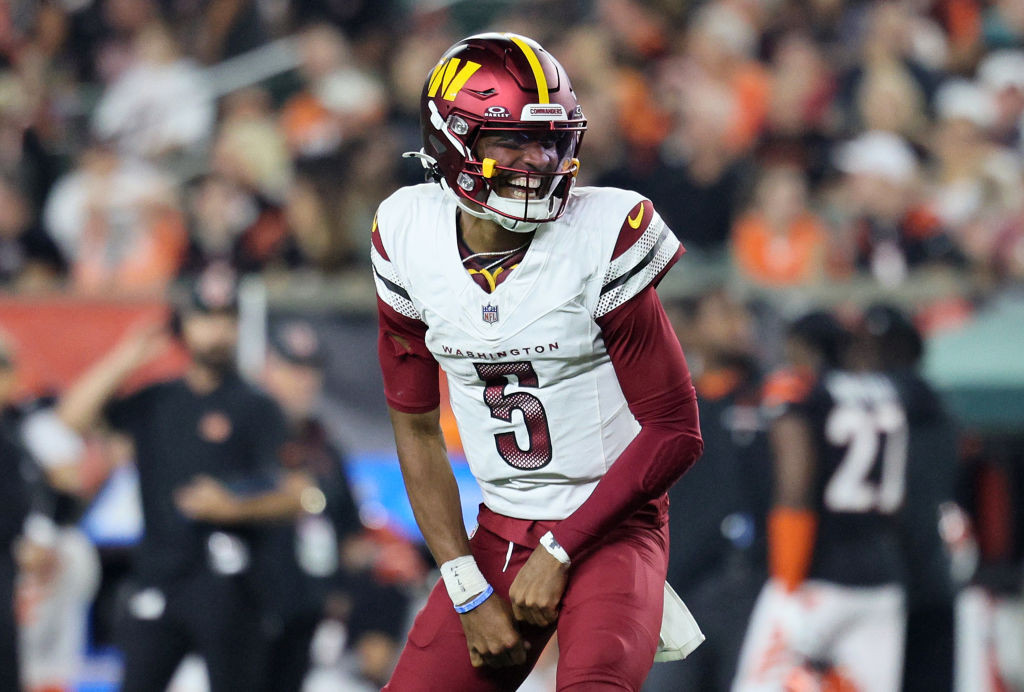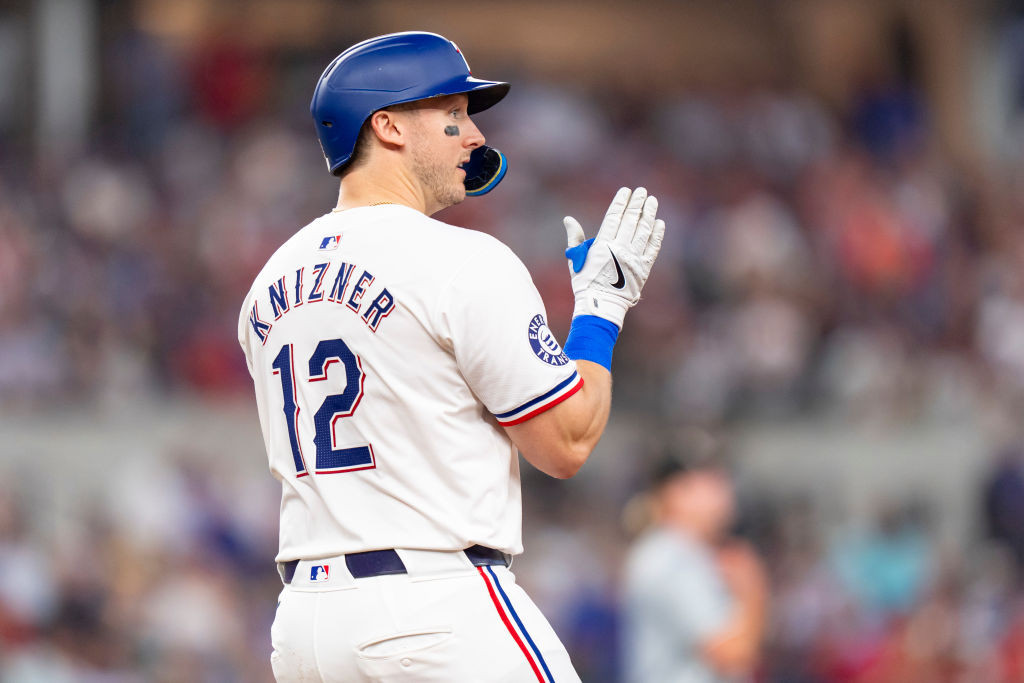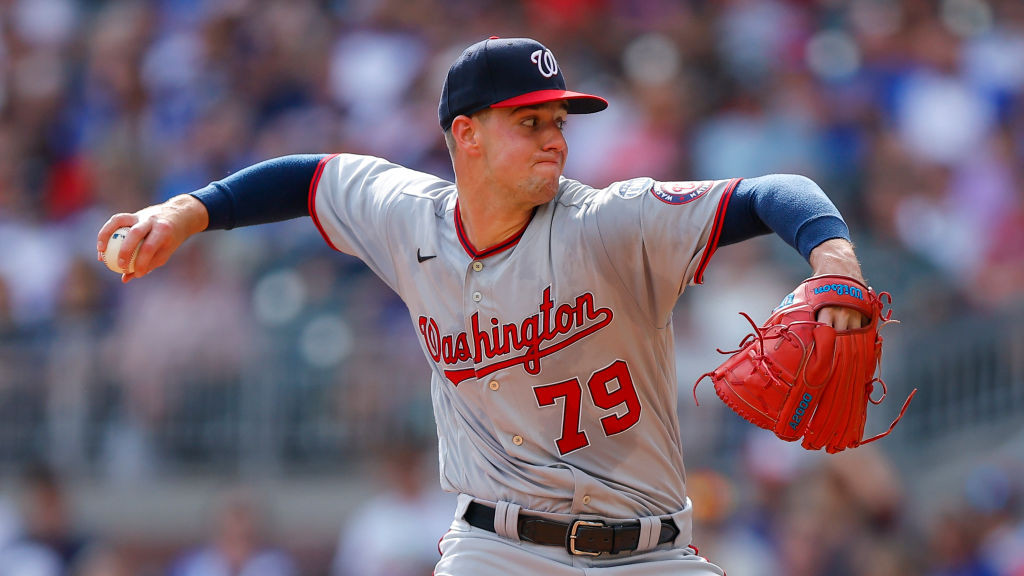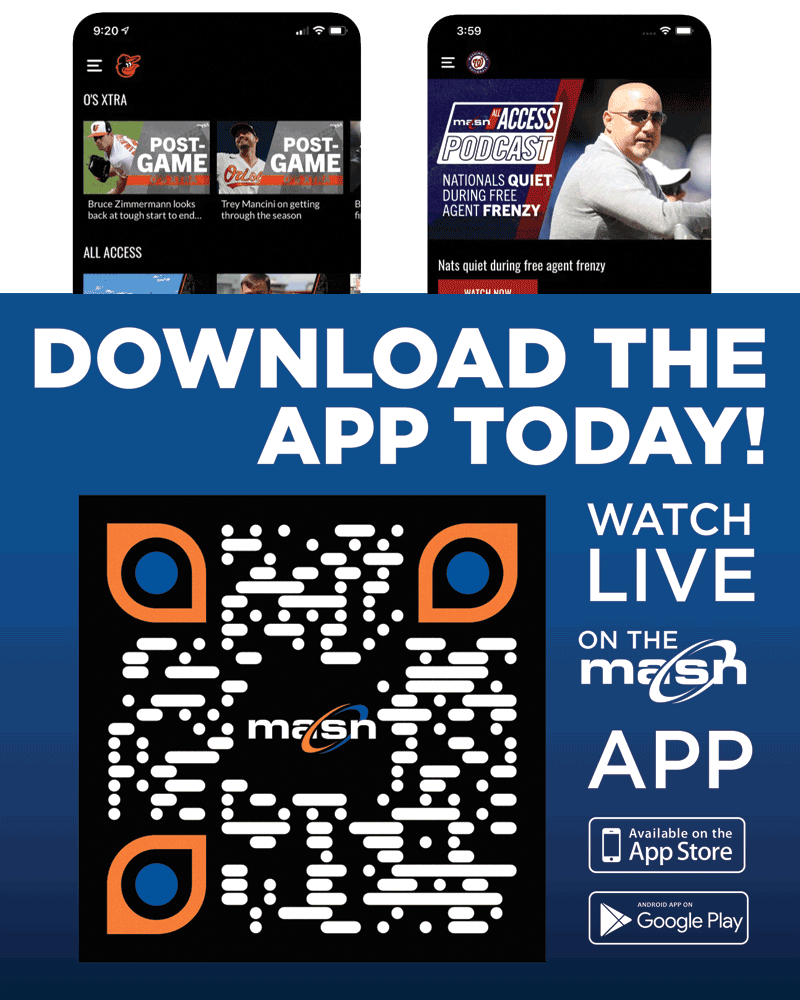OK, you’ve made the decision to go see the Nationals this spring. And if you read yesterday’s article, you know everything you need to know about the complex in West Palm Beach, Fla., and what you can see on any particular day. But you also need to know how to get to West Palm Beach. And where to stay once you’re there. And what to eat and what to do while you’re in town and not watching baseball.
Fortunately, we’re here to help. We’ve accrued plenty of travel advice over the last eight years, and we’re happy to share it with you right now.
Flights from the D.C. area seem to be more plentiful now than they used to be. Both American Airlines and JetBlue fly several nonstops every day from Reagan National to West Palm Beach. United now has two daily nonstops from Dulles. And Southwest has five daily nonstops from BWI. If somehow none of those options work for you, you can also look at flying into Fort Lauderdale, which is only about 45 minutes away to the south.
If you’re not in that much of a hurry and would like to have your own car with you, there’s always Amtrak’s AutoTrain, which leaves from Lorton, Va., in the evening and arrives in Samford, Fla., (near Orlando) the following morning. And if you really want an adventure, you can just make the 980-mile drive straight down Interstate-95. (Good luck with that.)
Where should you stay in the area? There are several hotels located in a cluster about 1 1/2 miles east of CACTI Park of the Palm Beaches off 45th Street, but beware some very elevated prices in late February and throughout March. They know this is the one time of year there’s going to be big-time demand. For slightly lower prices, you can look to the south near the airport, or a few places farther inland. And if you’d rather go the luxury route, there are some very fine hotels and resorts in actual Palm Beach and 15 minutes up the road in Jupiter.

